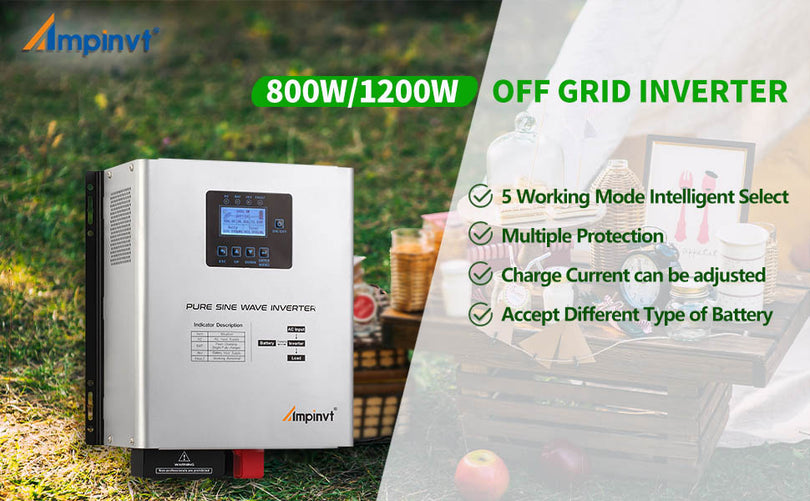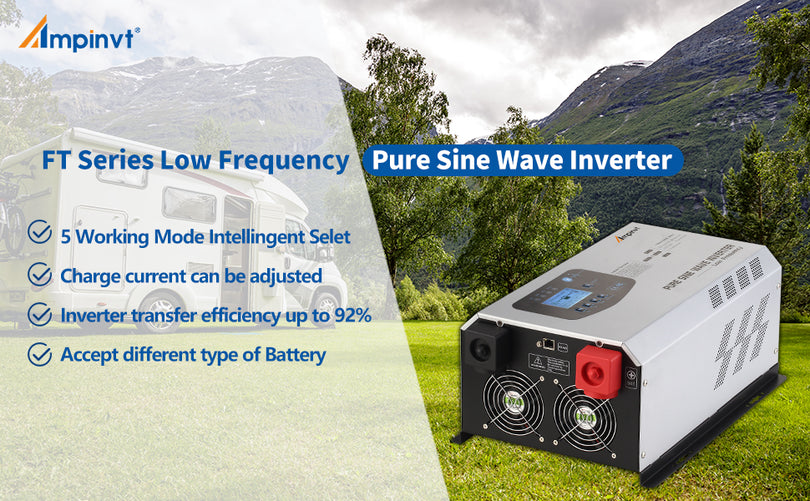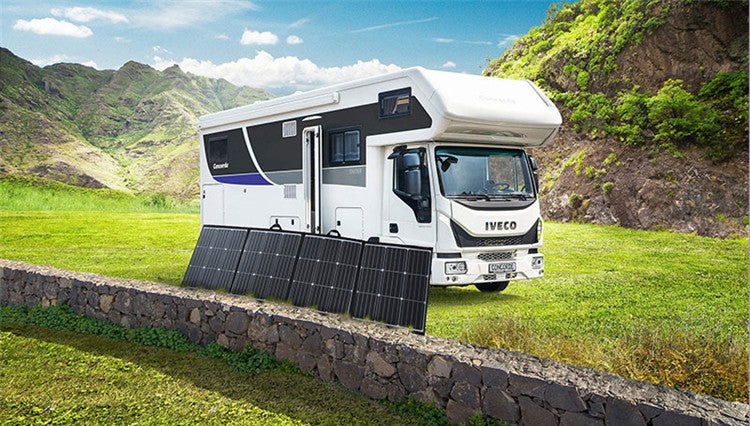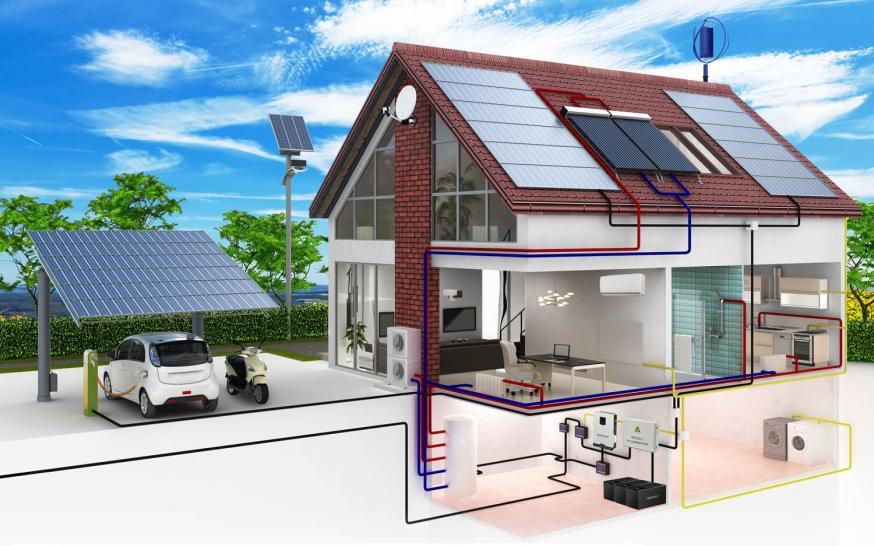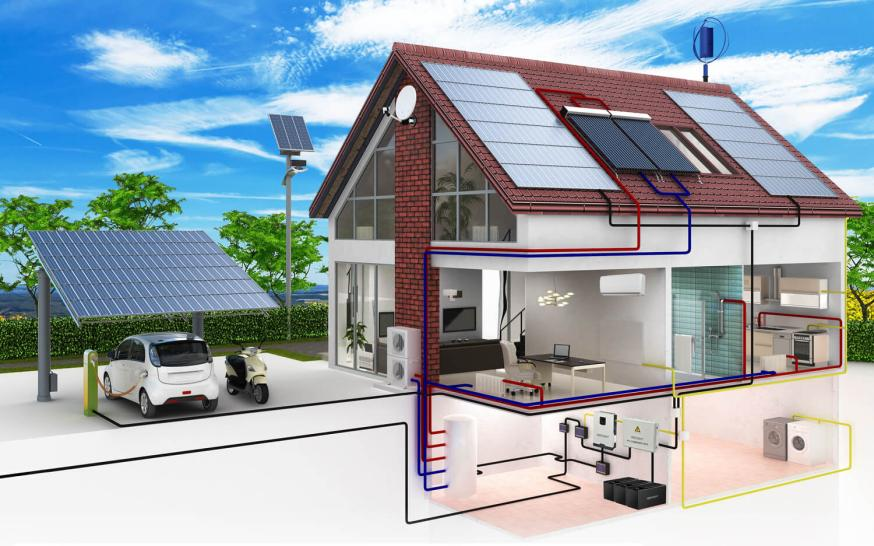Vehicle mounted inverter (power inverter) is a convenient vehicle power converter that can convert DC12V DC power into AC 220V AC power, which is the same as the mains power, for use in general electrical appliances. Vehicle mounted power inverters are widely popular in foreign markets. Due to the high popularity of automobiles abroad, inverters can be used to connect batteries to drive electrical appliances and various tools when working or traveling.
Setting up a power inverter in your RV is usually a pretty easy process that you can do by yourself.
In this article, we shall give you the exact steps of installing a new power inverter in your RV.
1.Location for installing inverters
Before installation, you need to select a perfect area to install the RV inverter. Ideally, the position of the inverter should minimize the possibility of accidental damage. For example, there should be no flammable materials nearby, and the air around the equipment should circulate freely.
To achieve optimal performance, the inverter should be as close to the battery pack as possible. This will help reduce voltage loss.
2.Installing inverters
When selecting the installation address, try to choose a flat location as much as possible. After determining the optimal installation location, fix the inverter in a safe position. This step is to protect the precision electronic components in the inverter from unnecessary impacts during vehicle operation.
That's why manufacturers will send you equipment with pre drilled holes to help you easily secure it in place, ensuring it doesn't fall or feel wobbly when you move. We suggest that you follow the regulations on fastening points in the manufacturer's manual.
3. Wiring
Now, this is the step for you to wire the new inverter so that it can start supplying power to your existing RV socket and your appliances.
You need to connect your device directly to the battery, which will draw electricity from it. No matter what you do during the installation process, especially during the wiring process, you must follow the instructions on wire size and circuit protection in the inverter manual.
In addition, in this step, you also need to ground the inverter. This is simple, just connect our grounding cable to the bolt in the vehicle chassis rail (near the inverter) or any other excellent grounding connection.
In summary
The key to successful installation is to do your homework well and understand the inverter and RV.
As mentioned earlier, there are significant differences in power inverters, and the most reliable way to use them correctly for the first time is to follow the procedures provided in the user manual.

